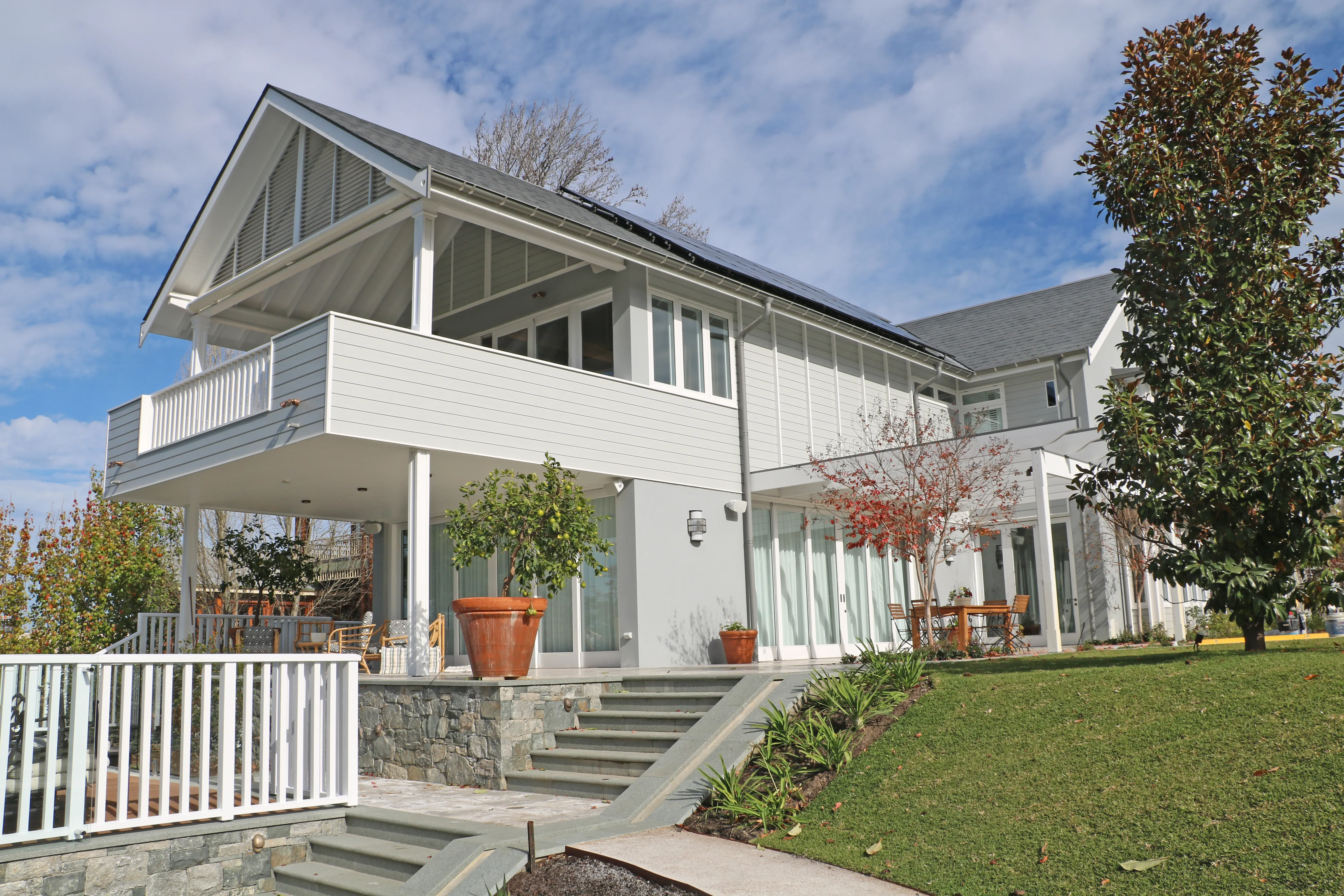Whether your whole exterior house needs a refresh or just a feature wall to brighten up your office, choosing the right paint colour is overwhelming. Do you go for something punchy and bright, or play it safe with a neutral?
Whilst it can be a scary decision, it is one of the cheapest ways to add value to your home and give it a transformation without having to do a demo.
This article breaks down the process of choosing the right paint colour for your home's interior and exterior areas to be confident in your decision.
Stick to what you already love
Whilst we love seeing what colours are trending and what’s in season, stick with colours that you already love. Remember, what colour you decide is what you have to live with every day, so make sure it's something you love.
What kind of feel do you want the space to have?
To help answer this question, look around at your current area and the feeling that it gives off. Is this something you want to continue with or change entirely? Do you want to give the exterior of your house a coastal vibe with a cool white, or maybe you want to use a sage green for a calming effect in your office?
The finish that you choose also affects the vibe of the room. Paint with a higher sheen can reflect light and brighten a space, whereas a low sheen or flat colour can give a space a cozy feeling.
Warm vs. cool and dark vs. light
If it’s feeling too much, a colour can be a great place to start. When looking at a colour wheel, the top half is warm colours, whereas the bottom half is cool. Warm colours will tend to brighten up a space and give it some softeners; cool colours will provide a space with that edge and bring a sense of calmness.
Keep in mind that when picking a paint colour for the house exterior, darker colours will attract more heat leading to a hotter interior.
Paint swatches
Once you’ve decided on a few colours you’re leaning towards, head to the paint store and pick up as many swatch cards as your heart desires.
If you're starting a space from scratch, take fabric samples, tile samples and anything else tangible you can take to compare colours against items you know will be going in the area. If you’re re-painting, take paint swatches home with you and compare them against major furniture items within the room.
For the exterior paint, assess the colour against your surrounding areas. Make sure to include plants, flowers and any other landscape items.
Paint your samples
Let’s take a moment to all agree that this is the only way you’ll know what colour will work best within a room or for the exterior of your house. So whilst you might love a sample swatch, you might paint with it and hate it. Don’t skip this step; your future self will thank you for it.

This is where the fun begins. Head to your local paint store and buy paint samples and, if needed, a small paintbrush. Now it's time to get painting.
When painting a sample, they’re a few tips and tricks to help you find the most genuine colour.
1. Bigger is better
Now, this is not to say you need to paint your entire wall but the bigger sample size you can paint, the better. Your ideal sample size is 0.2 to 0.5m2.
2. Line them up and paint at three different levels
You need to be able to compare the colours to one another. When painting, you want to have your samples next to each other; this makes it easy to see all the different undertones in each colour.
Paint a sample as low as you can, in the middle of your space and as high as you can safely reach. This will show how the colour interacts with different levels of lighting.
3. Two coats
Just as your professional painter would, apply one coat, wait until it dries, go in with a second, and then wait until that’s dry. Whilst this part can be a little tedious, don’t rush it. You won’t get the proper effect until it is completely dry.
4. Lighting is key
Your samples will look completely different during different times of the day; this is even more apparent if your samples are for the exterior of your home. Natural light will show colour in its truest form, whereas indoor lighting, either white or yellow, can make it appear darker or lighter.
5. Paint the first letter of the paint name under the sample
Hot tip, if you are testing out multiple samples of paint, paint the first letter of the paint name under each sample, so you don’t have any confusion.
If you are still lacking the confidence to pick a colour, don’t worry, we’ve got a Colour consultant to help.





